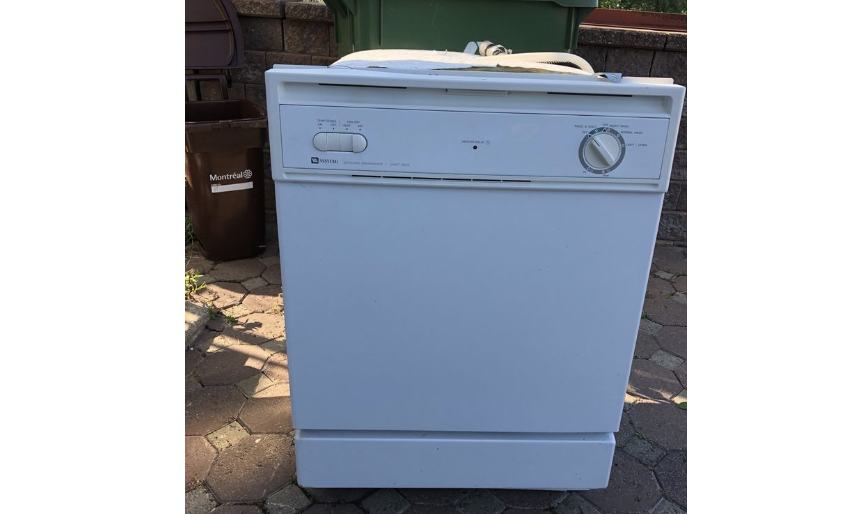5 Tips For Buying A Used Dishwasher
Tips for buying a used dishwasher. Often they can be a real bargain, just make sure you are buying one with no known problems.
Buying a dishwasher from a homeowner, as opposed to a retailer of used appliances, will be your least expensive option. But it does come with a risk. Appliances are “as is” – and won’t have had a general inspection that a refurbisher would do. There also won’t be any sort of warranty with your purchase, and you will likely be responsible for transportation. So, there is a bit of a roll of the dice when buying from another homeowner. However, sometimes the dishwasher might be just what you need and the price too good to pass up. Here are a few things to keep in mind when purchasing a used dishwasher.
- Replacement size and style: Dishwashers come in two standard sizes – 24” and 18” – the latter is known as a compact dishwasher. Make sure you’re looking at the right sized dishwasher to replace your unit. They are also either portable or built-in. Portables are on wheels and must be manually hooked-up to the kitchen sink and plug each time. Built-ins fit under the counter and are permanently hooked-up to water and electrical outlets.
- Hardwired or plug-in? Built-in dishwashers’ electrical hookups are either hardwired or plugged in. Check your own to see what yours is and what you will need to replace it with (you also might want to check your local building code to see if there have been updates to the code that affect how your dishwasher should be installed).
- Online research: start with local online want-ad sites such as Craigslist and Kijiji to see what's available. If you find a good candidate, request the model and serial numbers if they aren't listed. It will allow you to do some extra research to find out if the model is reliable and well-performing. Go to one of the repair sites listed in our resources section and input the model and serial number to determine the age and any issues that might be highlighted. The manufacturer’s website will allow you to access the manual, to check out the features of the dishwasher including its noise rating and whether it’s EnergyStar rated. You will also be able to check for whether there have been any recalls for the dishwasher. The photo of the dishwasher will give you clues as to whether it’s worthwhile pursuing. If it’s a picture taken outside, you might want to look elsewhere. Anything that’s been exposed to the elements, rodents and bugs will likely not be in any condition to be directly installed into your kitchen.
- Transportation: You will most likely be responsible for getting the dishwasher to your home. Sometimes, the seller will be able to transport it for you, but don't assume this is the case. You will need to ask if you don't have transportation. There are also services that advertise in Kijiji and Craigslist that will transport it for you.
-
State of the dishwasher: Once you’ve identified a potential dishwasher and transportation, you’ll want to go and inspect the machine first hand. There are a few things you should be on the lookout for when you arrive at the vendor’s place:
- Does the door close completely and lock shut? Is the door seal clean and tight to the dishwasher body? Is the exterior in good shape?
- Interior condition: Does it smell? Are the racks in good shape? Do they slide easily? Are they all intact? Is the cutlery basket intact? If the racks are vinyl-covered metal, is the vinyl still covering the metal? Do the sprayer arms spin easily? Are they clogged with food and debris?
- Noise and Operation: Once you’ve checked out the interior, ask to turn it on if it's still connected. You want to hear how loud the pump, motor and sprayers are when it’s working. You also want to make sure it cleans properly so ask to put it on either the rinse cycle or china cycle with a few dishes in the corners, just to make sure the water sprays everywhere.
- Exterior: Check the area around the dishwasher to make sure it’s dry and there is no evidence of water damage (if the dishwasher leaks, for instance, or the seals need to be replaced).
- If it’s already uninstalled check the hoses, drainage pipe, and plug or wires to make sure everything is in working order and in good condition. If there is a plug nearby, plug it in to make sure there is power. Check that the insulation is dry and moisture/mould free.
For more information on how to buy, care for or repair a dishwasher, check out our dishwasher page.
